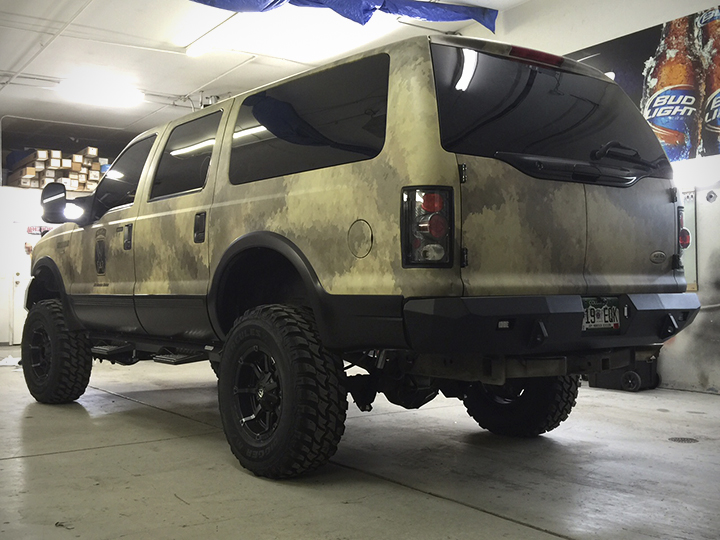Selecting rims for your car is not just a matter of taste, but with the right information and some basic knowledge your car will not only look great but it could actually improve its performance.
 What is a Rim?
What is a Rim?
Most popular car and motorist websites describe the rim as the outer edge of a wheel, and it holds the tire firmly in place so that the tire can rotate in conjunction with the rest of the wheel. The rim connects to the wheel hub via spokes.
Rims are replacement wheels purchased as an upgrade over the wheels fitted to a vehicle during factory assembly, and not the entire wheel, as many consumers make use of the term.
Consumers can purchase rims as part of single-piece wheels or as separate pieces to fit with multi-piece wheels. Many wheel manufacturers cast the rim, the hub, and the spokes together in single-piece wheels, while other manufacturers cast these parts separately and attach them to one another.
Choose the Correct One
It is important that your new rims match your tires, unless you want to purchase new tires as well. You can actually fit your tires with a shorter sidewall to a rim with a longer diameter. Even if the diameter of the rim increases, the overall diameter of the rim and tire together remains the same.
Remember to pay attention to the bolt pattern in order to ensure compatibility between your new rims and your vehicle.
 Plus Sizing
Plus Sizing
You can improve the tire’s grip on the road, the vehicles handling and steering response by increasing the rim’s diameter, which will shorten the tire’s sidewall. Widening the rim improves the tire stability on corners.
You can also add larger rims and tires with a higher sidewall to your vehicle, but you must make sure that there is enough space for the tire to rotate without hitting the fender. However, increasing the overall radius of the tire and rim together could affect your car’s performance, slowing down your vehicle and decreasing the effectiveness of anti-lock braking.
Know Your Roads
An important detail to consider is the kind of road you usually drive by. Rims made of steel are more heavy and durable, ideal for heavy-duty roads. Aluminum rims are lighter which allows your vehicle to conserve gas. Aluminum rims also tend to dissipate brake heat more effectively than steel rims do. If you usually drive on highways, this might be a better option for you.
Last but Not Least: Style
Once the hard research step is done, all you need to do is take your time and go over the wide range of styles, colors, and designs the market has to offer. Aftermarket rim manufacturers create all kinds of designs with different spoke patterns and colors.
Be patient and don’t rush into conclusions before you make your research and make a balance between type, price, style, and material for your new rims. Make the right choice and give a smart, personal touch to your car.


